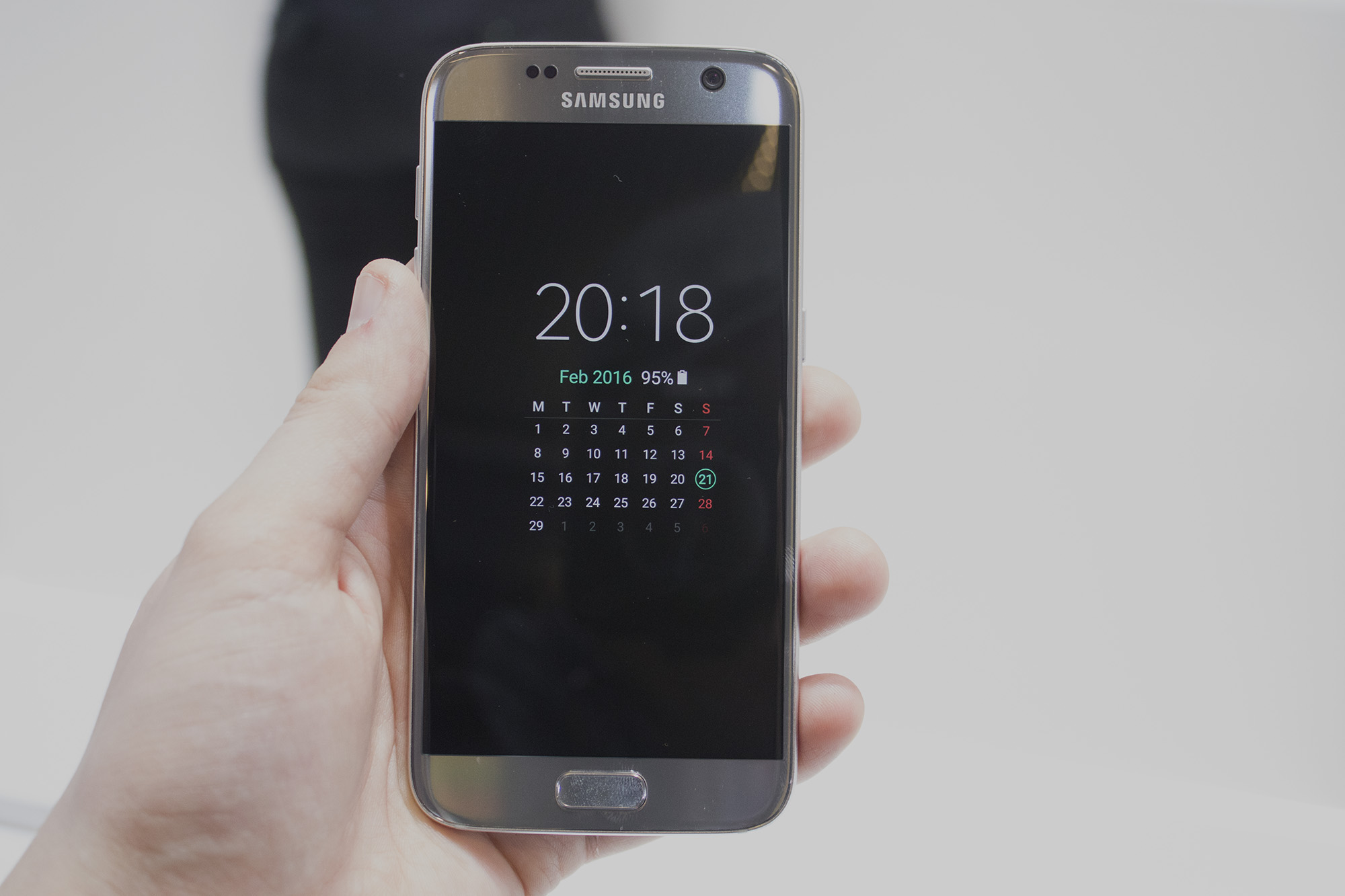
With smartphone sales consistently waning over the last few years, LG and Samsung have adopted two decidedly different strategies when it comes to vying for consumer attention at Mobile World Congress 2016 in Barcelona.
One is safe, iterative, and will likely resonate with longtime fans of the company, while the other takes chances, and could make or break the company’s smartphone business.
While I haven’t gone hands-on with either the LG G5 or Galaxy S7/S7 Edge for an extended period of time, here’s a breakdown of my early hands-on impressions of both smartphones.
Samsung and LG: Two different narratives
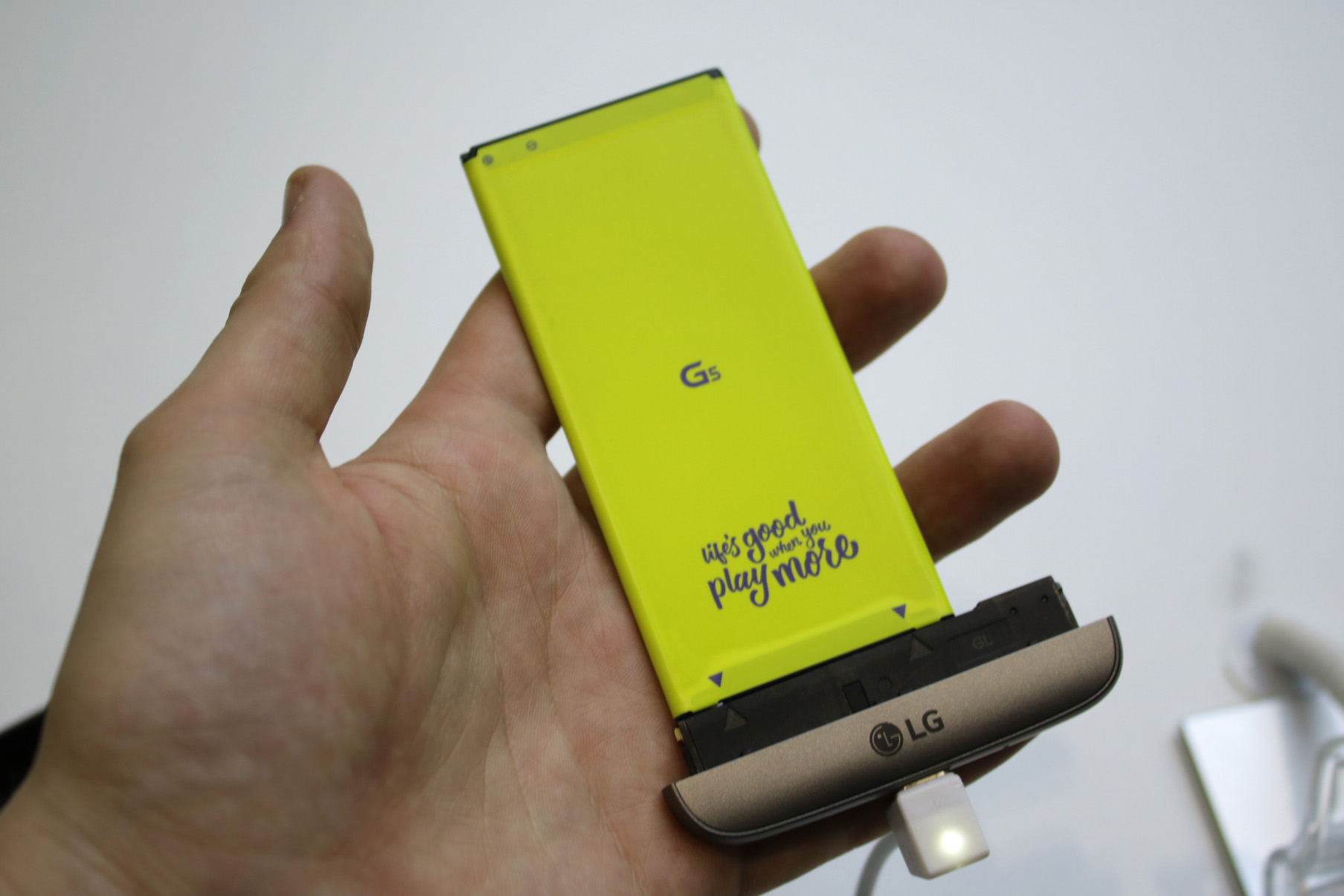
Each smartphone is impressive in its own right, with LG opting for a complete revamp of the G4, thanks to the introduction of accessories the company calls “Friends.” Samsung is taking a more iterative approach with the S7 and S7 edge, though the company has utilized feedback from the S6 and S6 edge to improve its latest smartphone in a variety of minor ways.
It’s hard not to be fascinated by LG’s marketing tactic, placing emphasis on the G5’s various accessories over the phone’s others features. This is one of the few times in recent memory that a smartphone manufacturer has managed to build excitement around the future of a device, displaying clear intentions for the G5 to live past its first few months on store shelves. If third-party manufacturers take advantage of the LG G5’s modular port, the smartphone’s lifespan could be extended considerably.
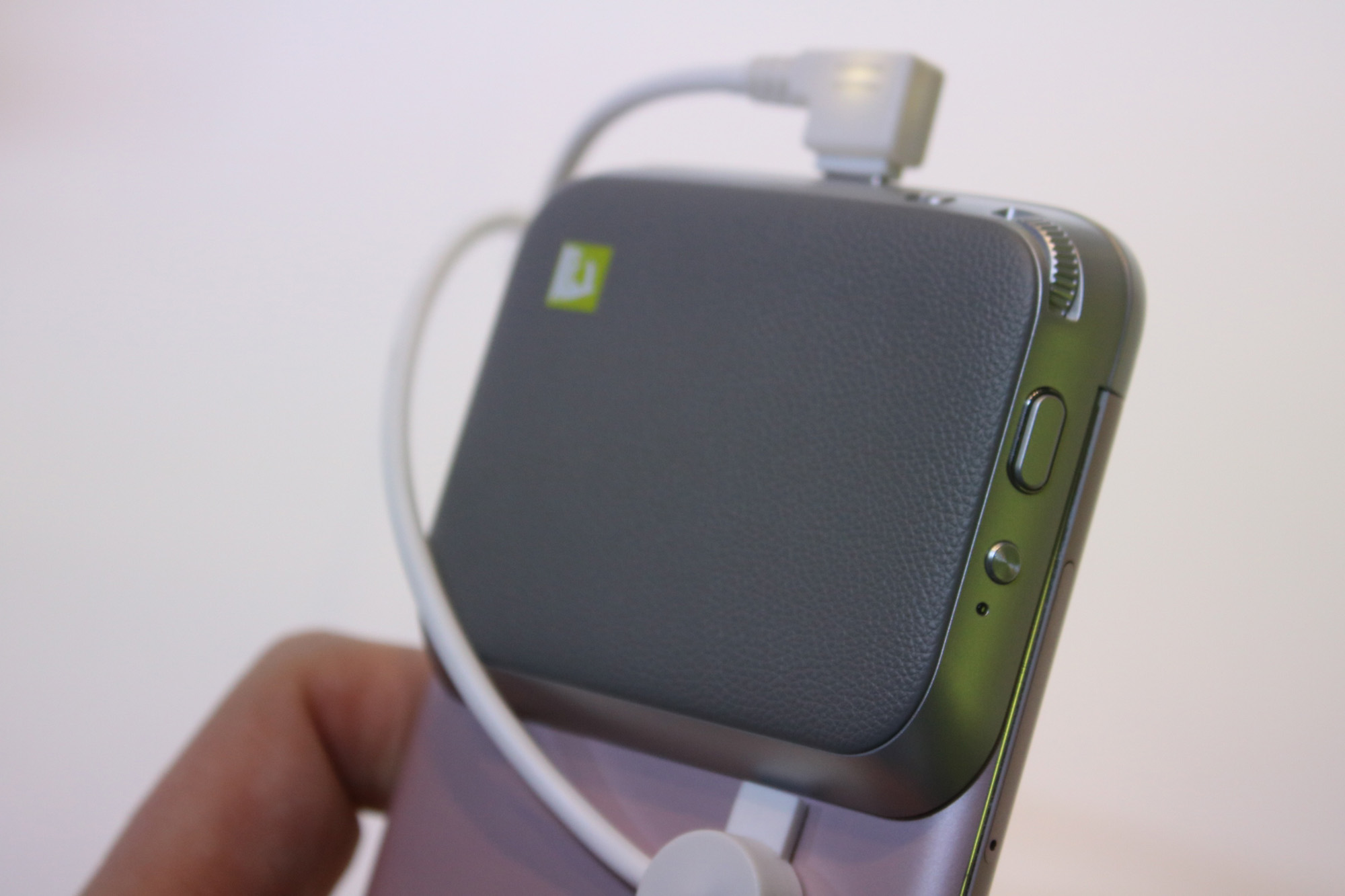
My main issue with the G5’s wash of accessories is some seem considerably more useful than others. For example, the ability to slide the bottom panel of the phone off and replace the G5’s standard battery with a higher capacity power source is a welcome addition to the smartphone. Other accessories such as the LG Cam Plus are also great, while the LG HiFi Plus with Bang & Olufson Play, doesn’t appeal to my personal preferences. But beyond these devices, LG hasn’t shown off further upcoming modular accessories for the smartphone.
Other “Friends” accessories like the LG 360 VR, LG 360 Camera and the LG Rolling Boy (which will be great for annoying my cat with) are fascinating diversions, but don’t make use of the LG G5’s expansion module in a meaningful way.
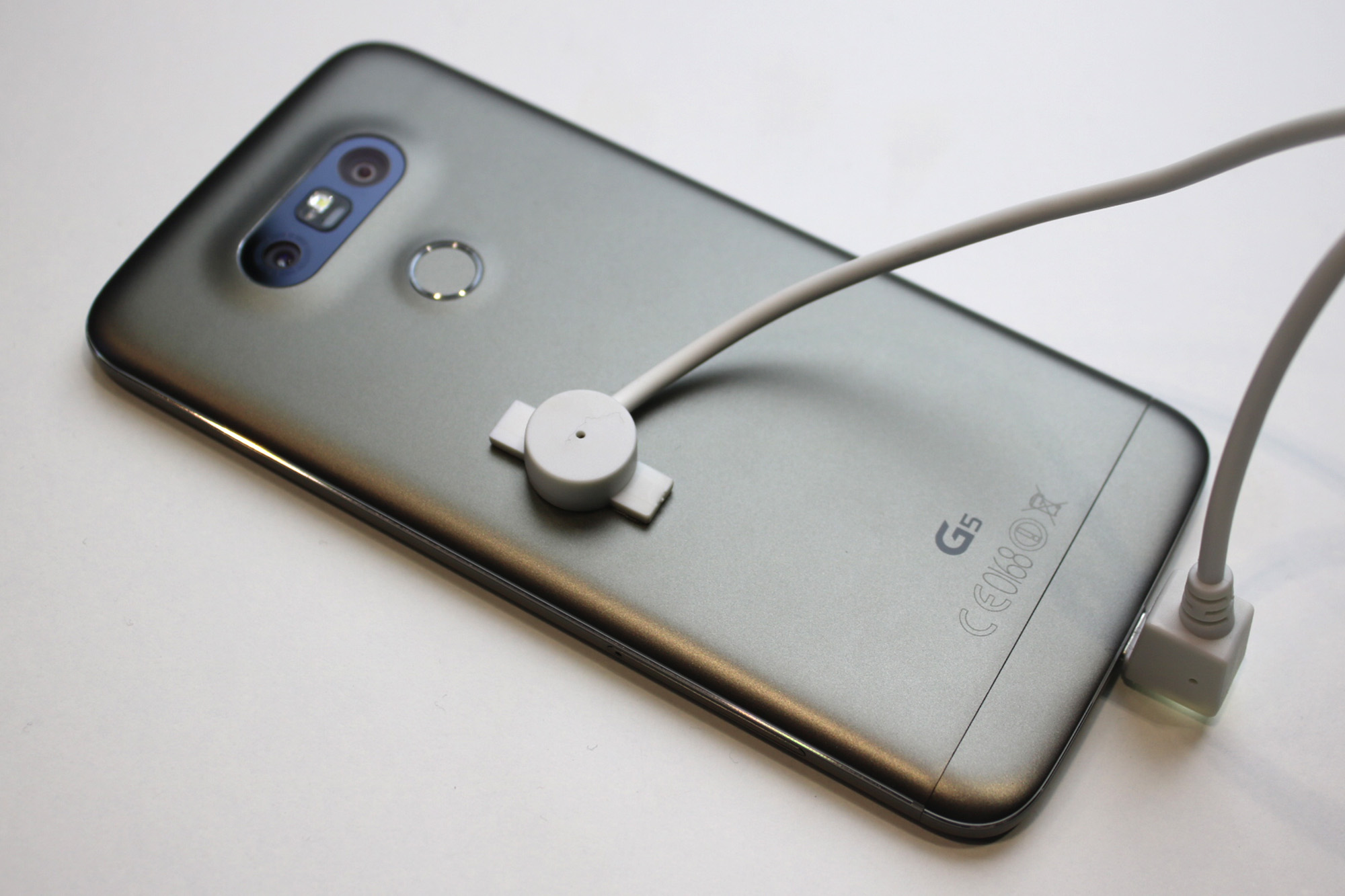
Still, with that said, LG is taking a chance with the G5’s expansion port and it could hold a tremendous amount of potential for the company. No other manufacturer has attempted this before to my knowledge, which could be a disaster for LG, or result in an industry changing shift.
LG needed to make noise with the LG G5’s reveal, and that’s exactly what the company did.
Winner: LG G5
The look: Overhaul vs. iteration
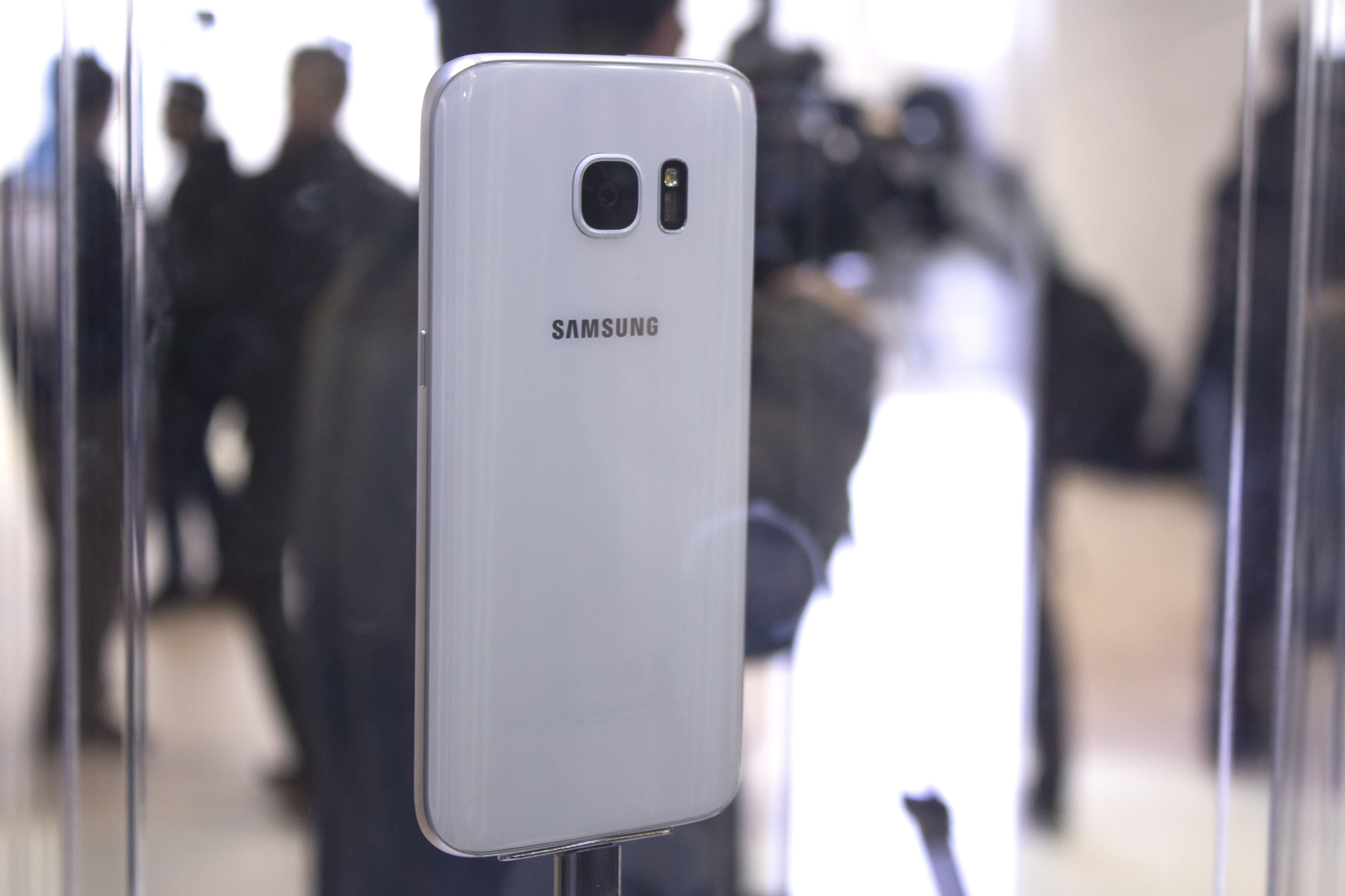
The G5 is an undeniably beautiful and sleek looking smartphone, as well as a clear upgrade over the G4 in nearly every way. LG’s G4 suffered from a variety of issues, but rather than iterate, the G5 is a complete overhaul. The phone’s volume buttons have been shifted to the side of the device though the power button remains on its rear, which also doubles as a fingerprint scanner. This shift is a direct answer to fan complaints and is a refreshing change from the minor updates we typically see in the smartphone industry every year. LG clearly realized it made mistakes with the G4 and did its best to solve them.
Not to be outdone, Samsung also listened to criticism of S6 and learned from its past mistakes. Both the S7 edge and S7 feature the often-requested Micro-SD card slot fans have been clamouring for, as well as a return to a waterproof casing (the G5 also features an Micro-SD port just like its predecessor).

But even with these shifts, at least at the outset, upgrades to the S7 and S7 Edge feel iterative when compared to their predecessors. But if there was nothing wrong with the S6’s aesthetic, Samsung likely feels little need to overhaul their flagship smartphone with the S7. While the G4 was a relatively well-received phone, it was far from perfect and was heavily criticized, whereas the S6 edge and S6 were almost universally praised. As a result, LG needed to shake things up with the G5, whereas Samsung can rest on its laurels to some extent.
Which phone appeals to you will come down to taste, and for me, there’s a clear aesthetic winner – the Galaxy s7, with the slightly larger 5.5-inch S7 edge trailing closely behind.
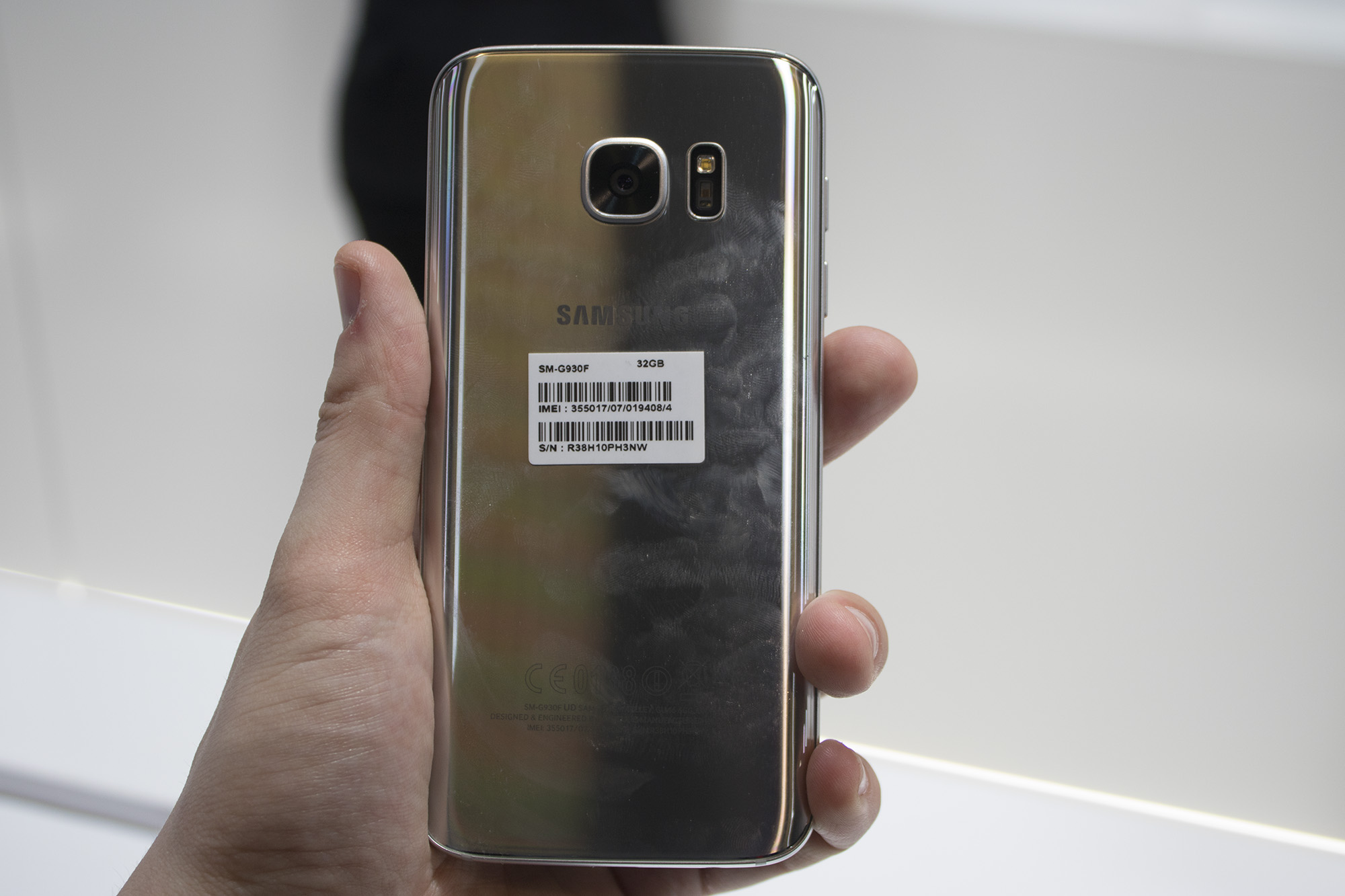
With the S7, Samsung continues with the metal and glass unibody construction direction it started with the S6, but also borrows elements from the Galaxy Note 5, including curves along the device’s sides and back (with the S7). The fact S7’s camera module doesn’t stick out of the phone’s rear is also a welcome shift from what we usually see in smartphones.
Selecting between the S7 and the S7 edge continues to be just as difficult a decision as it was with the S6 and S6 edge, only now there’s another variable – size. If you prefer larger phones, and also opt into how Samsung utilizes the side of its flagship devices to give users additional information, the edge is likely still your best bet. Those who enjoy smaller, more compact devices will likely opt for the 5.1-inch S7.
Winner: Galaxy S7 and S7 edge
The display: LCD vs. AMOLED

Samsung is widely regarded as the top display manufacturer in the market, whether it’s with its smartphone screens, computer monitors or even televisions. The company stays true to this reputation with the S7’s 5.1-inch 2560 x 1440 pixel (5.5 with the S7 edge) Super AMOLED Quad HD resolution display. The display featured in the company’s latest smartphone looks stunning and many will likely notice an increased colour contrast between the S6 and the S7.
On the other side, the G5’s 5.3-inch 2560 x 1440 pixel IPS LCD display is also great looking, but during my brief hands-on time with the device, seemed to lack the colour depth featured in the S7 and S7 Edge, though it’s possible some may prefer the G5 thanks to the company utilizing LCD over LED technology (this ultimately comes down to preference).
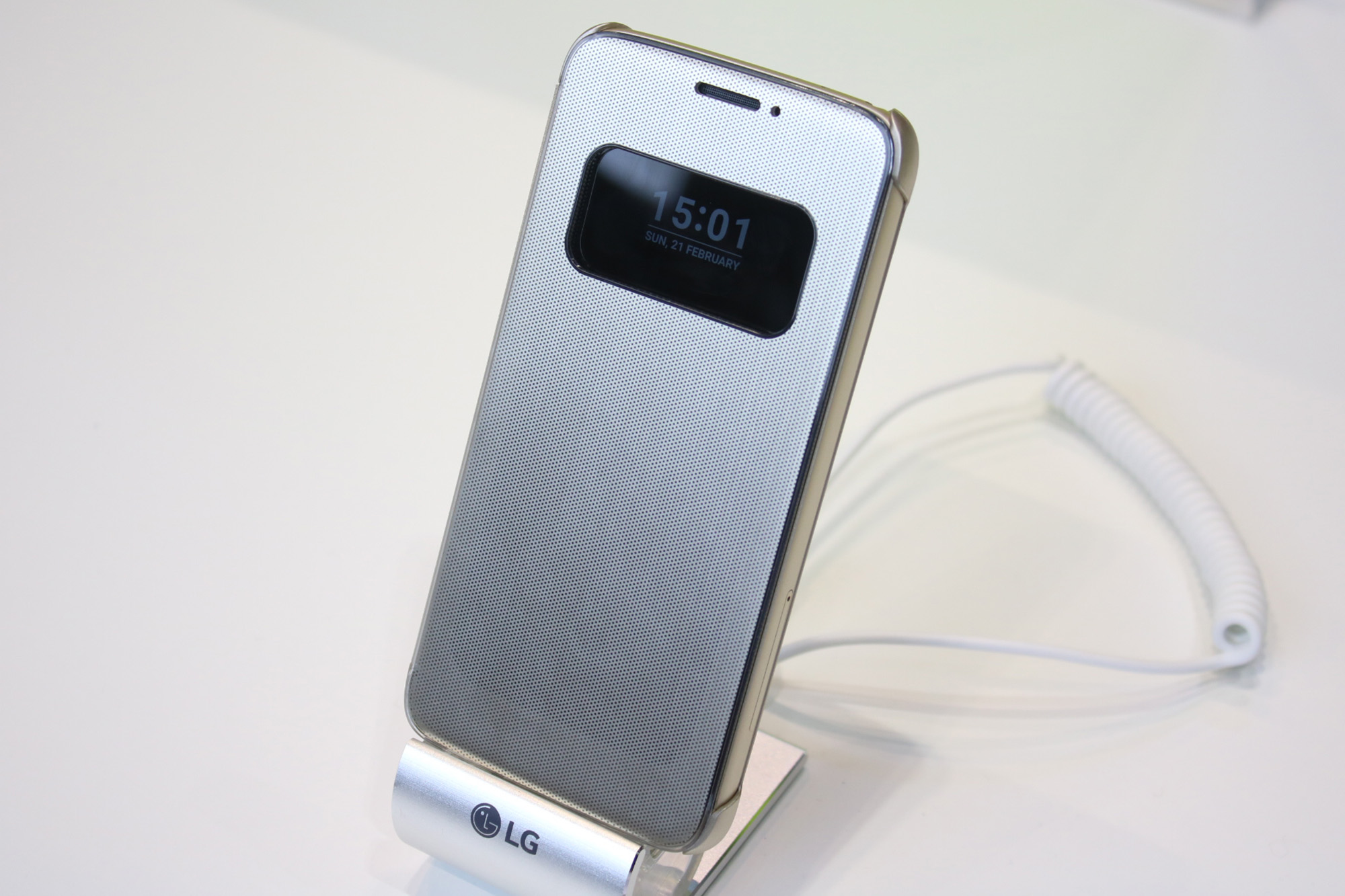
Where the screens differentiate is their heavily touted “Always-On” feature, which, despite higher capacity batteries featured in both Samsung ‘s and LG’s devices – 2800 mAh in the G5, 3000 mAh in the s7, and 3600 mAh in the S7 edge – will likely suck the life out of both phone’s power sources (I need to spend more time with this feature to know for sure)
It’s worth noting, however, that the Galaxy S7’s Always On display seems more customizable than the G5’s, which will make it considerably more useful.
Winner: Galaxy S7 and S7 edge
The hardware: High-end performance war
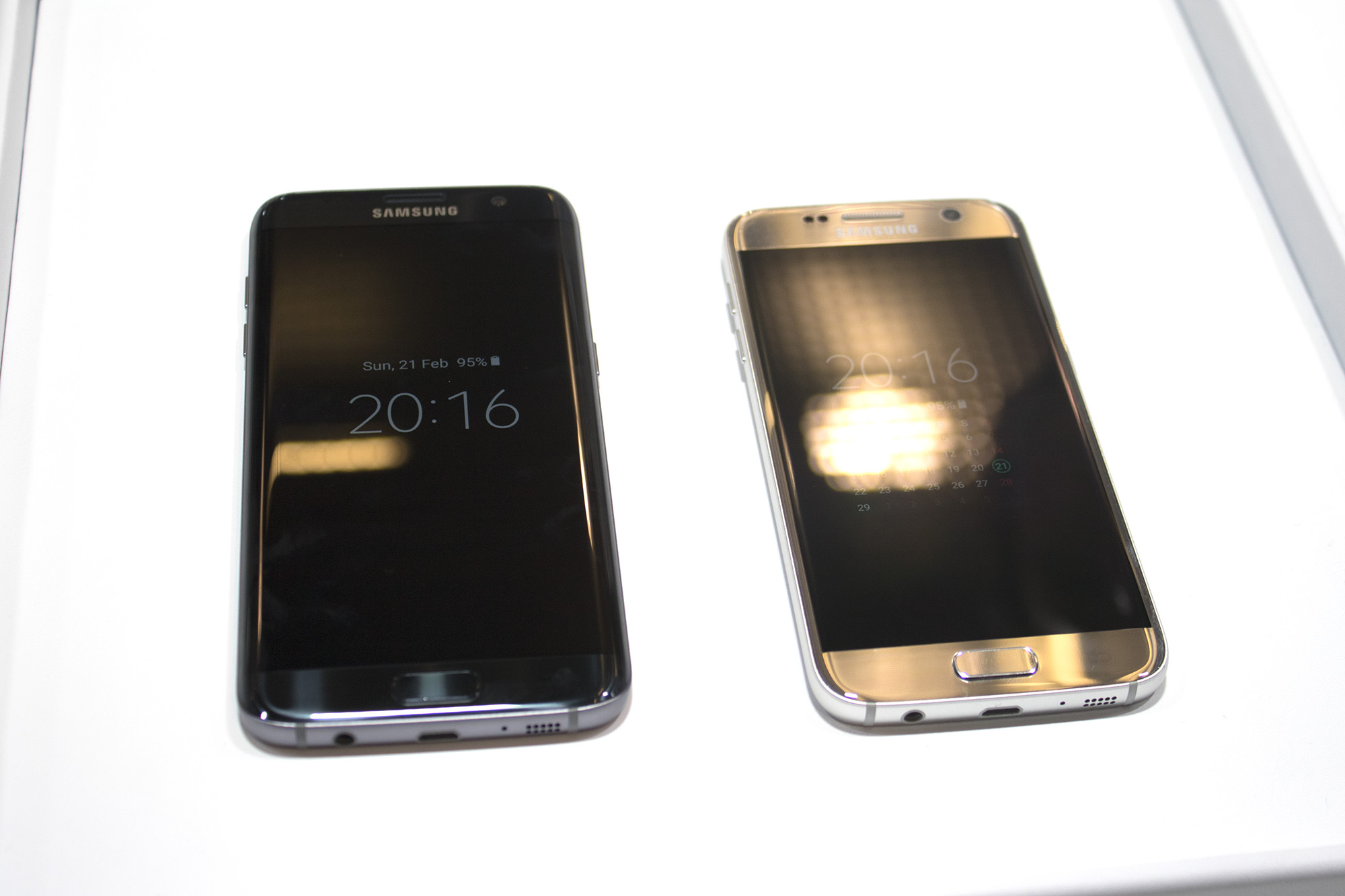
Under the hood, the S7 and S7 edge come equipped with an octa-core Qualcomm Snapdragon 820, or a Samsung Exynos 8 processor (it’s looks like we’re getting the Qualcomm version in Canada) and 4GB of RAM. During my brief hands-on time with the device, it worked incredibly well, but the same can also be said about the G5 and its Qualcomm Snapdragon 820 processor, powered by an Adreno 530 GPU and 4GB of RAM.
When it comes to processor power, this is the type of decision that’s difficult to call given I haven’t had extensive hands-on time with either device, and the fact the demo units I tested for both phones seemed to feature heavily streamlined software and apps.
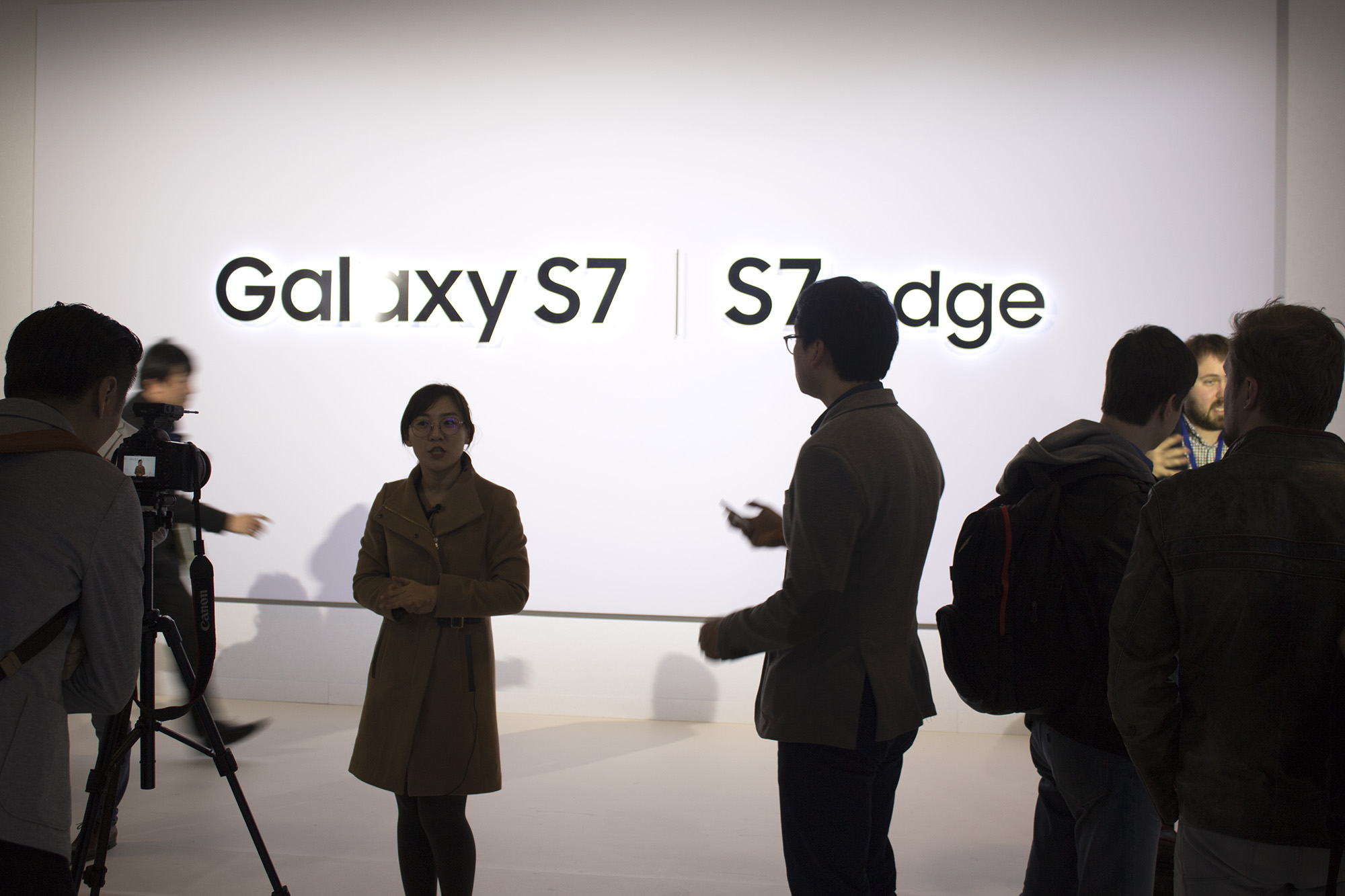
On the battery side of things, the S7 comes with a 3,000 mAh (or 3600 mAh in the S7 edge) compared to the G5’s 2,800 mAh, giving Samsung’s device a distinct advantage in the power source category. All three smartphones are capable of fast-charging, but only Samsung’s devices feature wireless charging.
Both smartphone’s cameras are also equally impressive. The S7 comes equipped with a 12 megapixel rear shooter with a f/1.7 lens, as well as ultrapixel technology, which allows the phone to take better pictures by allowing more light into its sensor. This results in great images when photographs are shot under low light or darker conditions. On the other hand, the G5 features an 8 megapixel wide angle lens accompanying its 16 megapixel primary shooter, giving the smartphone a wider field of view when using its second lens. After snapping a few photographs with the G5 and S7, the battle of picture taking, again, is another one that’s just too early to call. However, the ability to shoot wide angle photographs with the G5 is impressive.
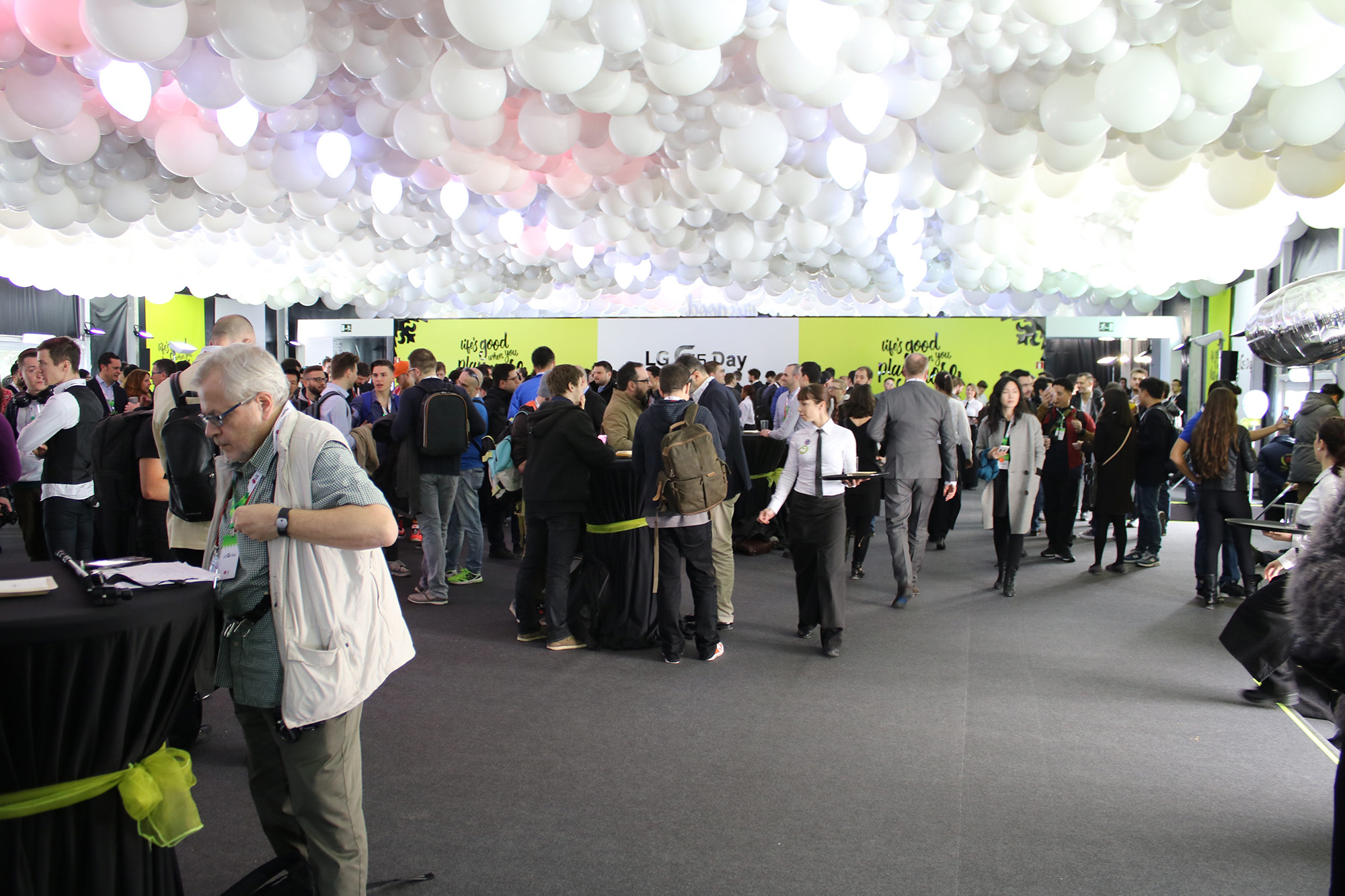
Then there’s the G5’s modular design, a direction that is both exciting and risky for LG. When this feature is discussed years from now, it will become the deciding factor in the G5’s success or failure.
With the hardware competition so difficult to call given the minimal amount of time I’ve spent with both devices, I call this one a clear draw, at least for now.
Winner: LG G5 and S7 and S7 edge
Overall victor: Don’t fix what isn’t broken
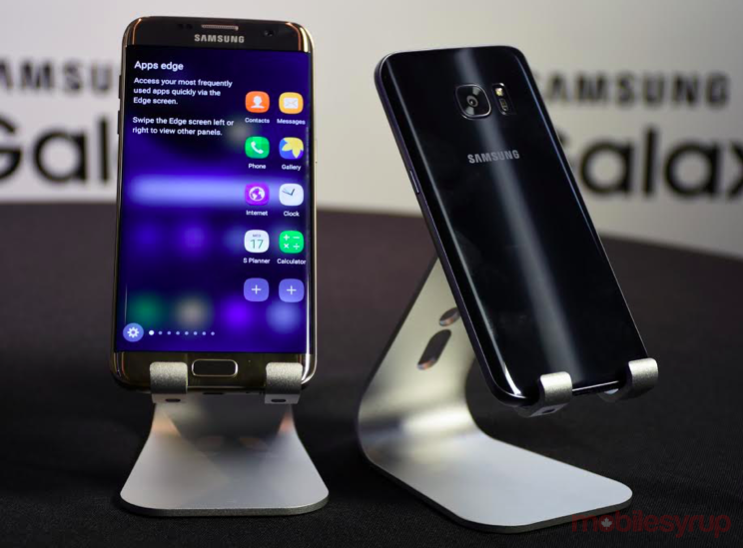
As stated before, it’s still too early to call this war, especially with the HTC One M10 still looming on the horizon. My early impressions, however, lean towards the S7 and S7 edge over the G5. While LG’s smartphone’s accessory gamble is admirable, the lack of third-party developers producing peripherals for the module is concerning. This could change in the very near future, but the company, at least so far, hasn’t indicated that it will, showing off no future plans for other accessories.
Samsung knows it was onto something with S6 and S6 Edge and has opted for an iPhone 6s/6s Plus style iterative update with the S7. For most people, subtle changes like an SD card slot, as well as the clear size difference between the S7 and S7 edge, adapting to the market’s divisive taste for both large and small smartphone, will be enough to perk interest in the device over the G5.
Winner: S7 and S7 edge
MobileSyrup may earn a commission from purchases made via our links, which helps fund the journalism we provide free on our website. These links do not influence our editorial content. Support us here.


